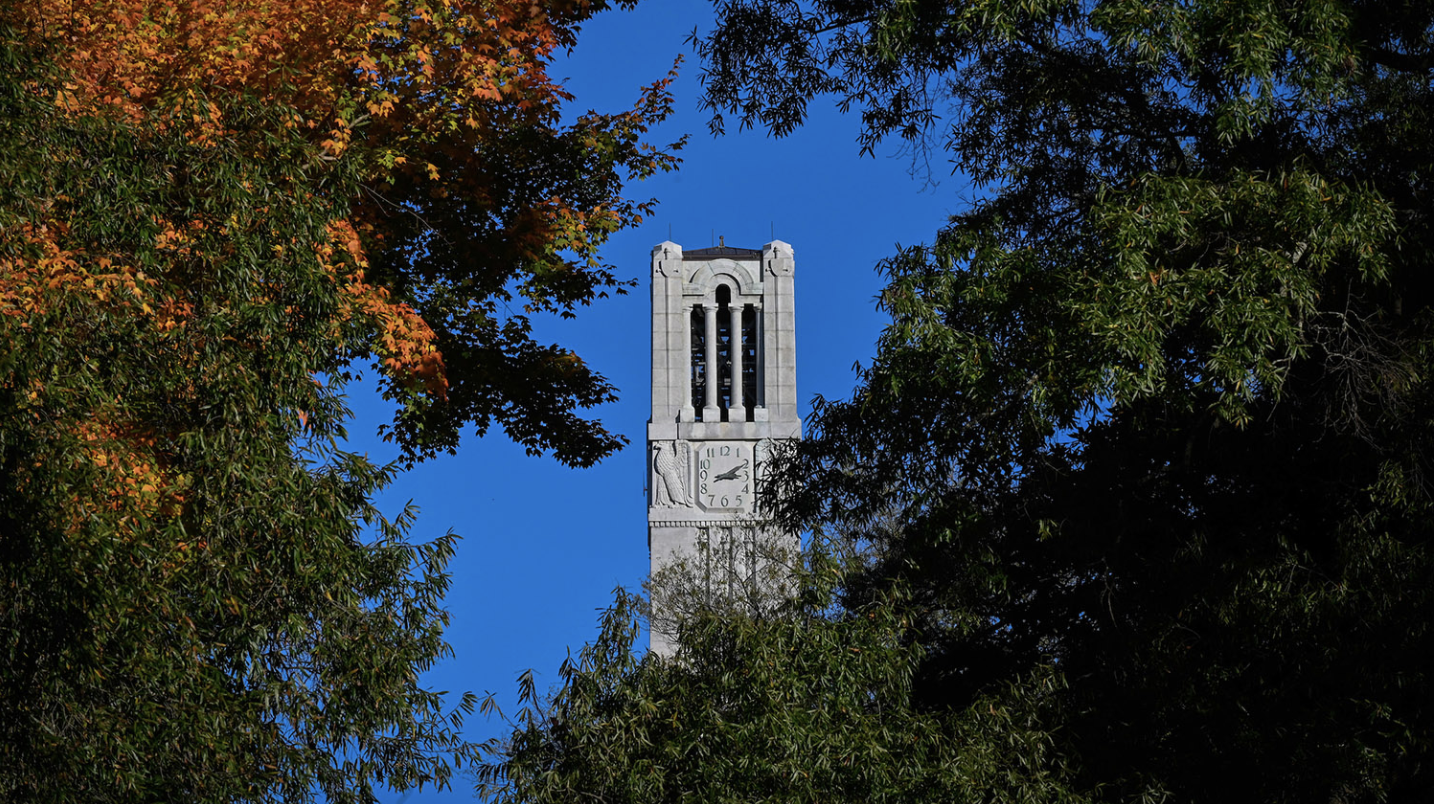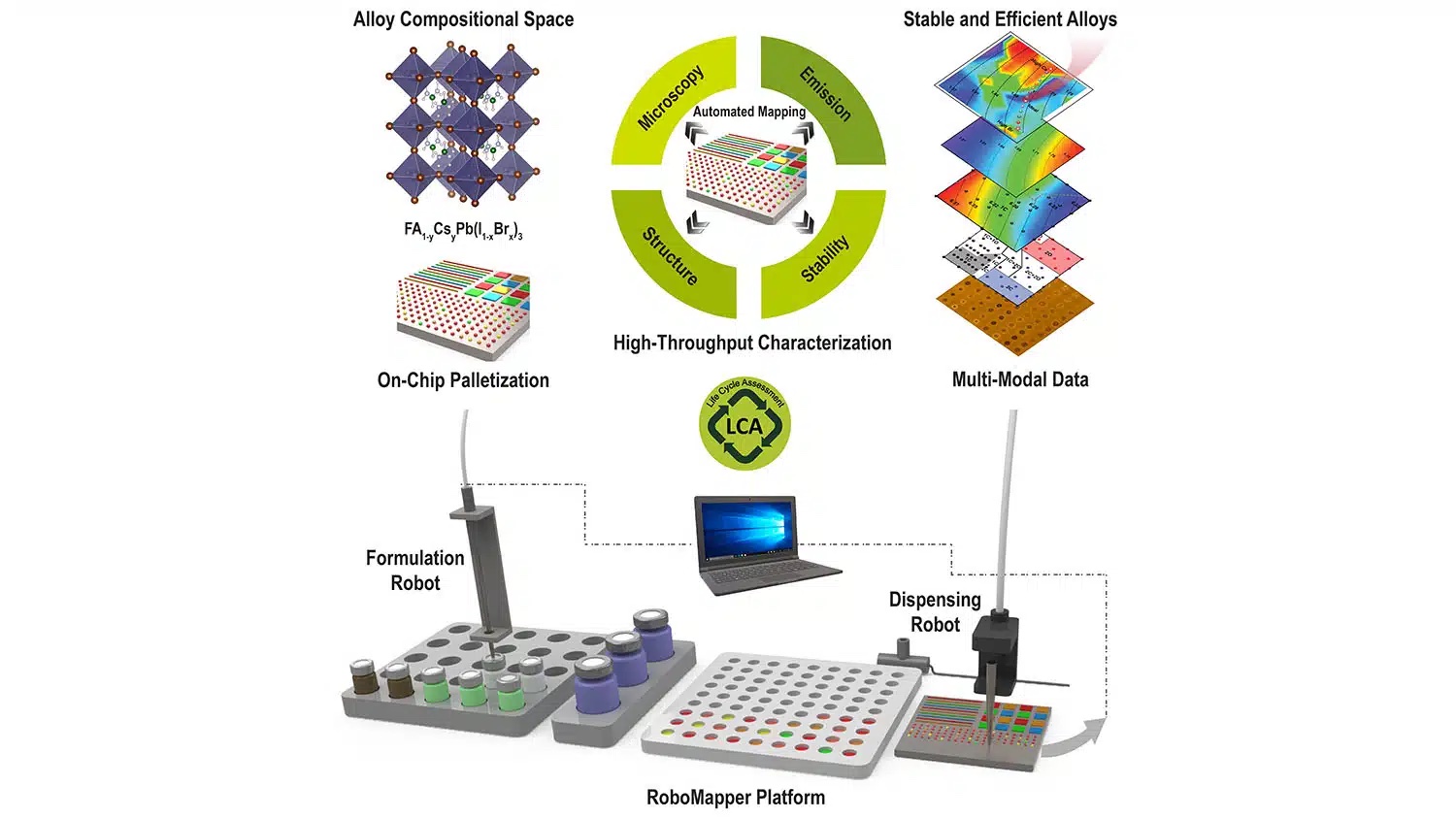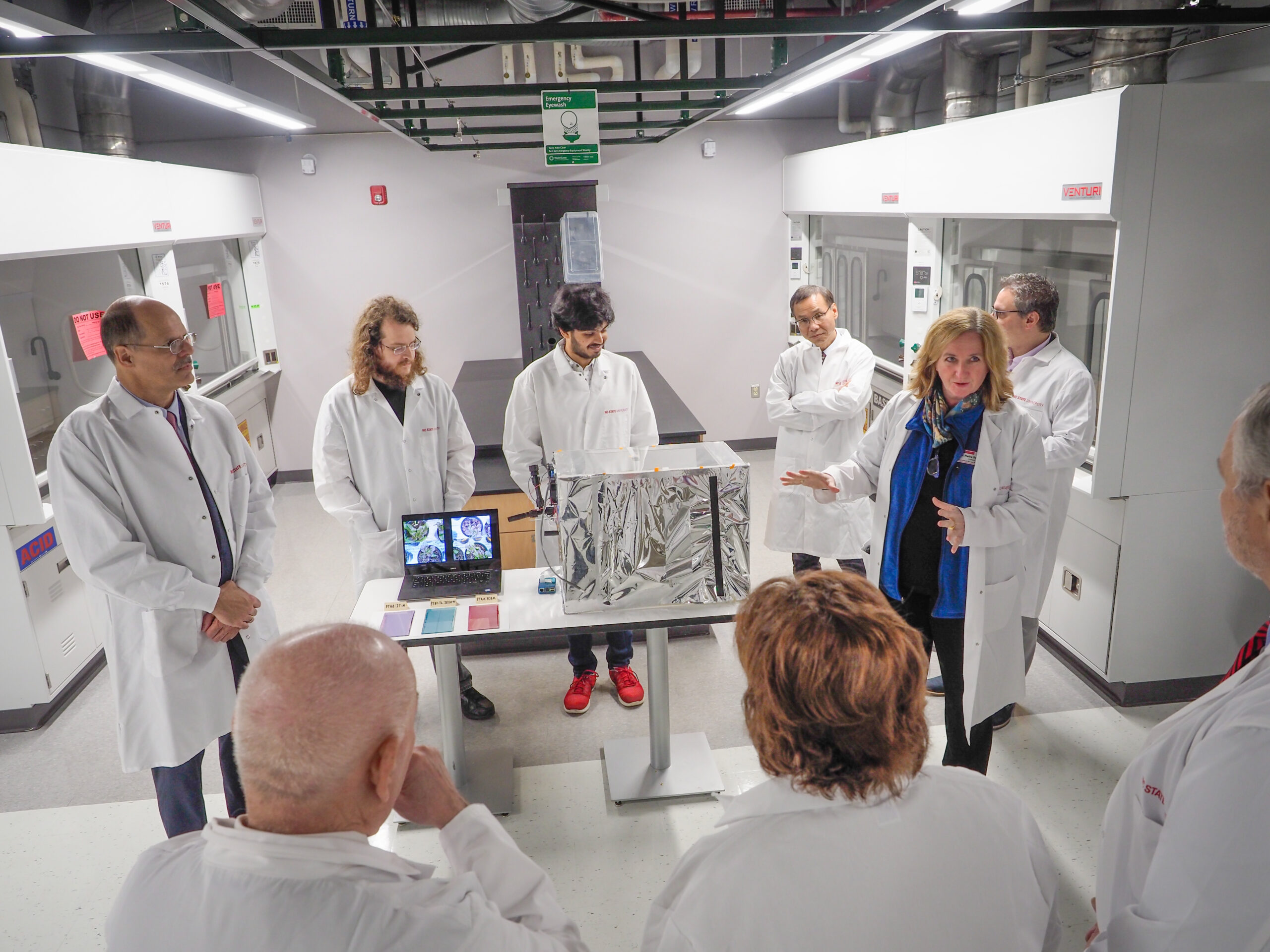Prof. Bumjoon J. Kim speaks at ORaCEL Colloqium on December 12, 2019
Influence of Molecular Weight and Side Chain Engineering on Performance and Mechanical Robustness of All-Polymer Solar Cells
[ezcol_1half]Prof. Bumjoon J. Kim
Department of Chemical and Biomedical Engineering
KAIST, Daejeon 34141, Korea
E-mail: bumjoonkim@kaist.ac.kr
Group Website
[/ezcol_1half] [ezcol_1half_end]
Date: Thursday, December 12, 2019
Venue: Toxicology Building, Auditorium 2104
Time: 11:30 am-12:30 pm.[/ezcol_1half_end]
Abstract
 Non-fullerene acceptors (NFAs), that are small-molecule acceptors (SMA) and polymer acceptors (PAs), have been extensively explored, which has yielded significant enhancements in the photovoltaic performance of polymer solar cells (PSCs). The mechanical robustness of the PSCs is of vital and equal importance to ensure the long-term stability and enable their use as power-generators in flexible and stretchable electronics. Here, we report a comparative study of the mechanical properties of SMA-based, PA-based, and fullerene-based PSCs. We chose ITIC (SMA), P(NDI2OD-T2) (PA), and PCBM (fullerene) as three representative acceptor materials and blended them with the same polymer donor PTB7-Th. To understand the difference between the mechanical properties of SMA-based and PA-based PSCs, we control the number-average molecular weight (Mn) of P(NDI2OD-T2) from 15 to 163 kg mol-1 in all-PSCs. The all-PSCs based high Mn PA exhibit significantly higher cohesion energy (4.03 J m-2) than SMA-PSCs (1.19 J m-2) and PCBM-PSCs (0.29 J m-2). Notably, the all-PSCs exhibited a high strain at fracture of 31.1%, which is 9- and 28-fold higher than those of SMA-PSCs and PCBM-PSCs, respectively. The superior mechanical robustness of all-PSCs is attributed to using a PA above the critical molecular weight (Mc), which produces tie molecules and polymer entanglements that dissipate substantial mechanical strain energy with large plastic deformation. This work provides useful design guidelines for photovoltaic active materials in terms of the mechanical properties and highlights the importance of incorporating high Mn PAs above the Mc for producing the PSCs with excellent mechanical robustness and device performance.
Non-fullerene acceptors (NFAs), that are small-molecule acceptors (SMA) and polymer acceptors (PAs), have been extensively explored, which has yielded significant enhancements in the photovoltaic performance of polymer solar cells (PSCs). The mechanical robustness of the PSCs is of vital and equal importance to ensure the long-term stability and enable their use as power-generators in flexible and stretchable electronics. Here, we report a comparative study of the mechanical properties of SMA-based, PA-based, and fullerene-based PSCs. We chose ITIC (SMA), P(NDI2OD-T2) (PA), and PCBM (fullerene) as three representative acceptor materials and blended them with the same polymer donor PTB7-Th. To understand the difference between the mechanical properties of SMA-based and PA-based PSCs, we control the number-average molecular weight (Mn) of P(NDI2OD-T2) from 15 to 163 kg mol-1 in all-PSCs. The all-PSCs based high Mn PA exhibit significantly higher cohesion energy (4.03 J m-2) than SMA-PSCs (1.19 J m-2) and PCBM-PSCs (0.29 J m-2). Notably, the all-PSCs exhibited a high strain at fracture of 31.1%, which is 9- and 28-fold higher than those of SMA-PSCs and PCBM-PSCs, respectively. The superior mechanical robustness of all-PSCs is attributed to using a PA above the critical molecular weight (Mc), which produces tie molecules and polymer entanglements that dissipate substantial mechanical strain energy with large plastic deformation. This work provides useful design guidelines for photovoltaic active materials in terms of the mechanical properties and highlights the importance of incorporating high Mn PAs above the Mc for producing the PSCs with excellent mechanical robustness and device performance.
Reference
1. J. Kim*, T. S. Kim* et al. Nature Comm. 2015, 6, 8547.
2. J. Kim* et al. Accounts of Chemical Research 2016, 49, 2424.
3. J. Kim* et al. Chemistry of Materials 2018, 30, 2102.
4. J. Kim* et al. Chem. Rev. 2019, 119, 8028.
5. J. Kim* et al. Chemistry of Materials 2019, 31, 3163
Biography: Dr. Bumjoon Kim is a Professor in the Department of Chemical and Biomolecular Engineering at KAIST and he is appointed as the KAIST Endowed Chair Professor. Also, he served as chair of undergraduate program in the department until 2016-2019. He completed his Bachelor at Seoul National University and doctorate at UCSB. Then, he worked as postdoc fellow at UC Berkeley between 2006 and 2008. His research interests include development of block copolymer-based functional materials including shape-tunable particles, colorimetric sensors, and design of new electroactive polymers for all-polymer solar cells with high stability. He has published more than 180 peer-reviewed papers and 70 issued/pending patents. He was appointed as the Ewon Assistant Professor at KAIST (2010-2013). Also, he received the KAIST Academic Excellence Award (2015), Shimgye Science Award (2017), and Doray Science Foundation Research Award (2019). He was selected as 2013 Young Scientist by the World Economic Forum (DAVOS Forum) and appointed as the KAIST Endowed Chair Professor (2018). He currently serves as editorial advisory board member of Macromolecules, ACS Macro Letters, Chemistry of Materials (ACS), J. Mater. Chem. A (RSC), Chinese Journal of Polymer Science and BMC Energy (Springer Nature).


